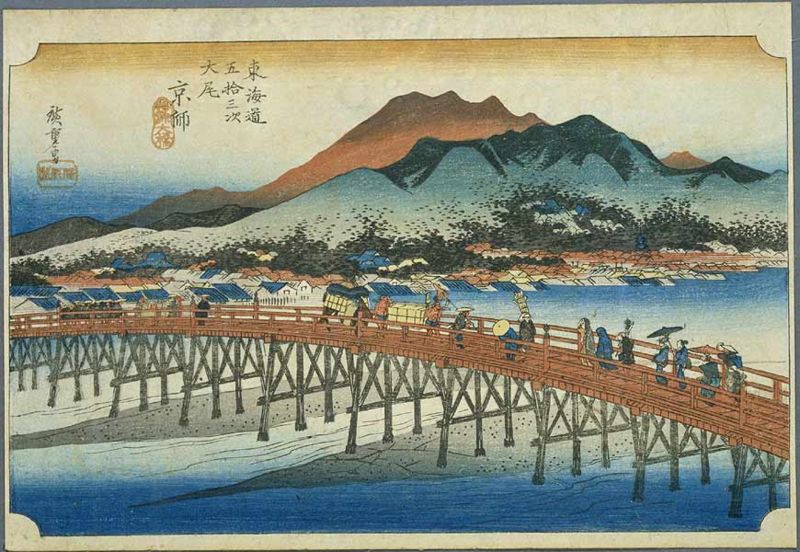Can you guess what is 50 years new today?
If your answer was “the Japanese bullet train,” then you get the chocolate fish.
Japan’s network of super-fast trains, capable of regular in-service speeds of 320km/h (that’s 200mph to those with old British cars) changed travel, and not just in Japan.
The Tokaido Shinkansen (-New Trunk Line’) … made every other main line railway seem old-fashioned when the first line opened on 1 October 1964, at the height of Beatlemania and when the fastest British trains could manage 100mph (160km/h) over short sections of upgraded Victorian lines. Japan’s bullet trains – named after the distinctive streamlined nosecones of the first O-series Shinkansen – set the pace for France’s TGVs, Germany’s ICEs and Italy’s Pendolinos, although these were not to appear for many years.
Japan had stolen a march in railway technology that was part and parcel of its remarkable economic and cultural revival during the 20 years following its political and military collapse in 1945.
What’s quite neat is that, even in this symbol of the ultra-new, in the name was a symbol of the old: Tokaido, “the most important of the Five Routes of the Edo period, connecting Edo (modern-day Tokyo) to Kyoto in Japan,” and so beautifully depicted in Hiroshige’s masterful series of the ancient journey, the 53 Stages of the Tokaido.
 The ending location of fifty-three stages of the Tokaido, Sanjo Bridge by Hiroshige
The ending location of fifty-three stages of the Tokaido, Sanjo Bridge by Hiroshige
In ancient times, the journey took 53 days, with 53 stops at Buddhist shrines. Nowadays, with the bullet train cutting through the countryside at 200mph, it takes just 155 minutes.
Happy birthday, bullet trains.

1 comment:
Nice you remembered. In Canada still waiting.
Post a Comment